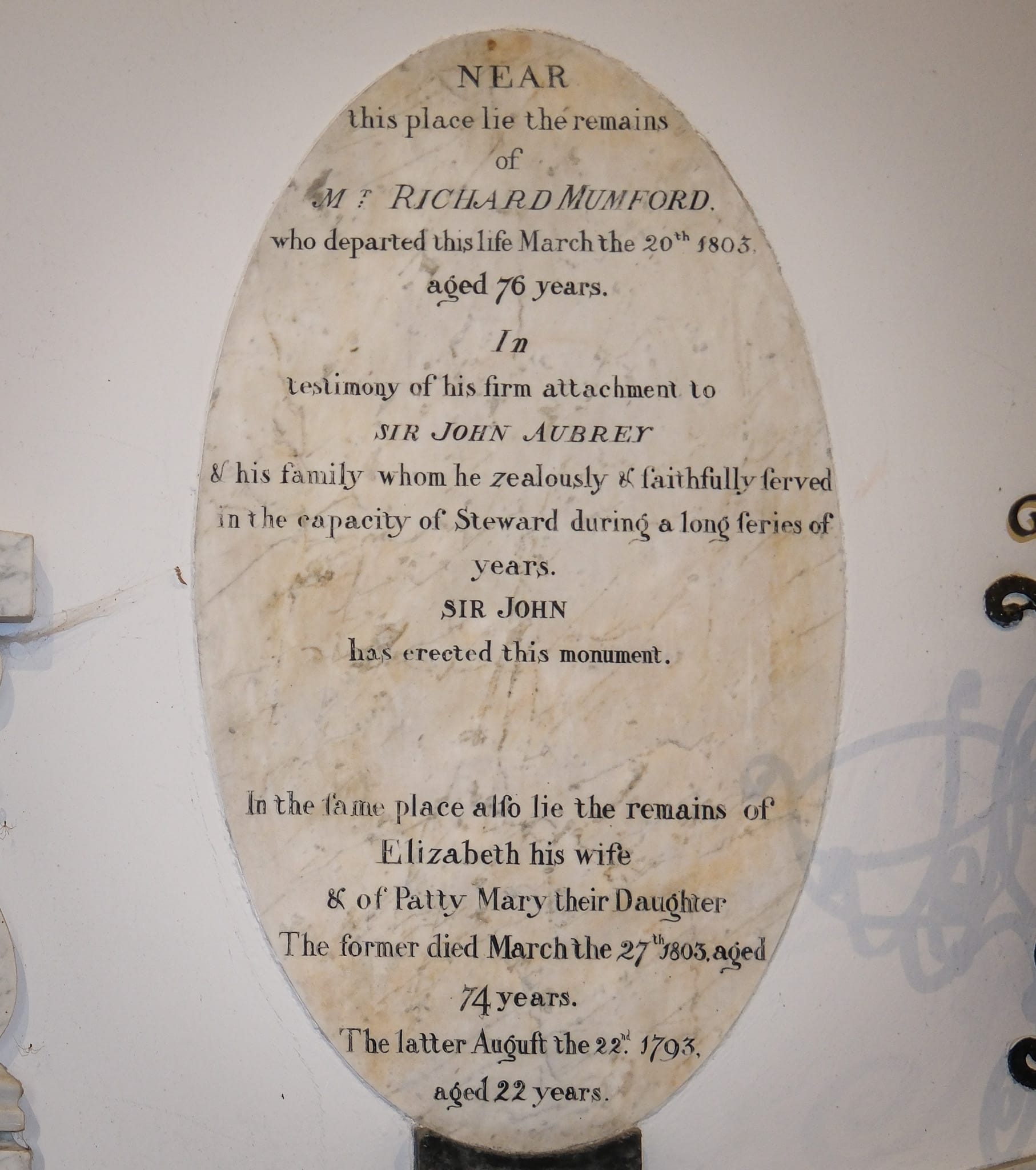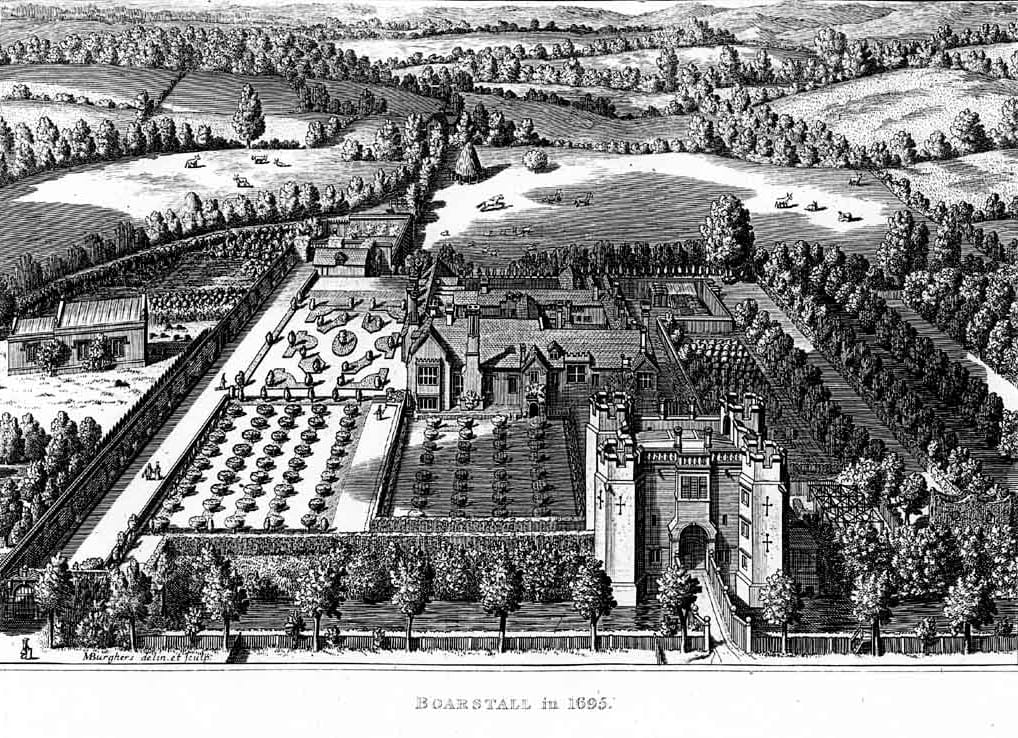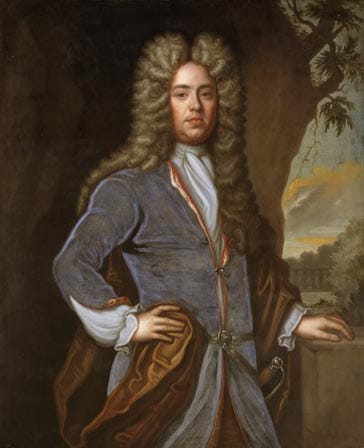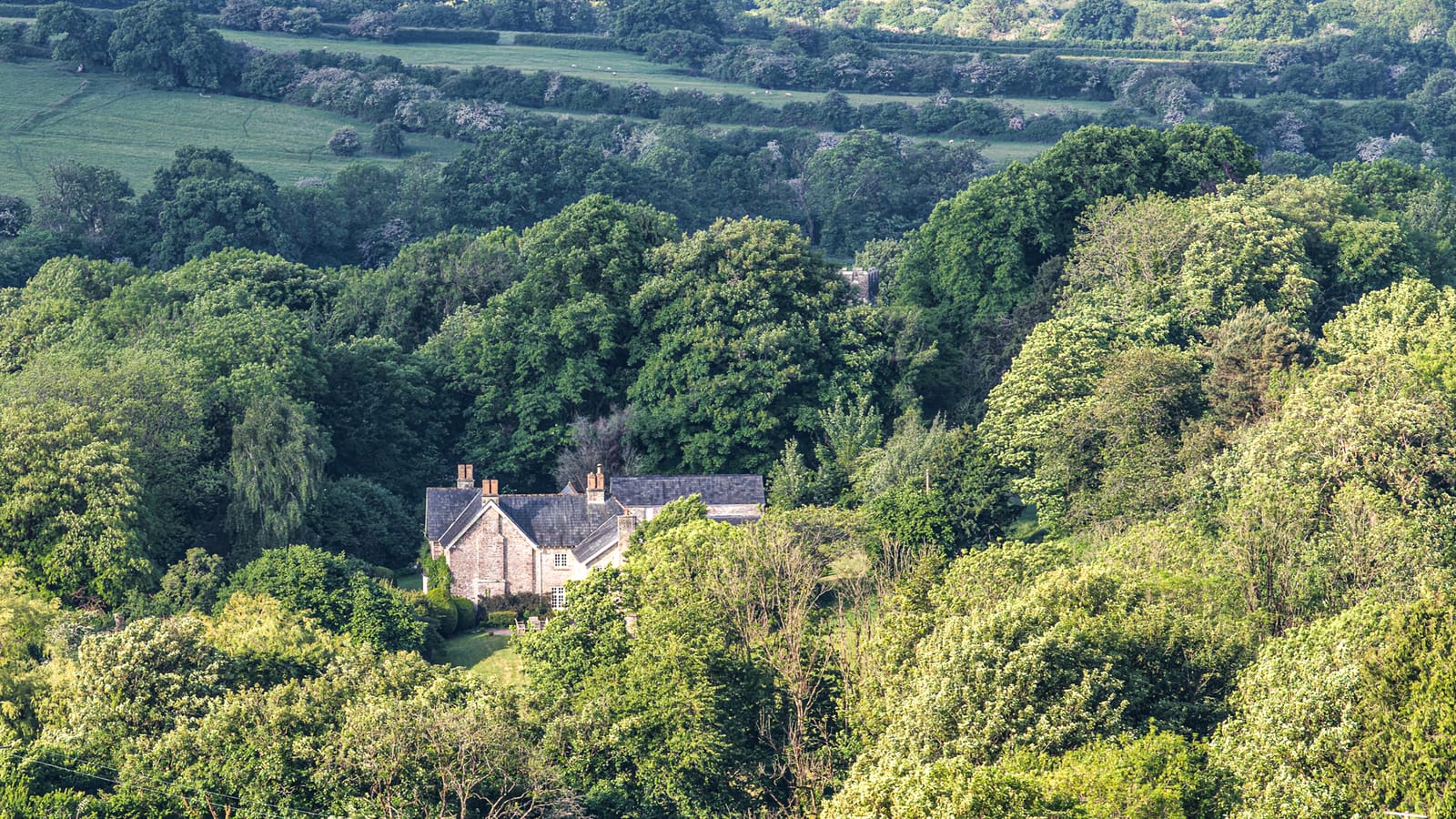Written by June Watson nee Mumford ‘Friend’ of St Illtyd’s.
Richard Mumford, Gent., and wife Elizabeth née Wildgoose were both highly respected members of the personal household staff of Sir Thomas Aubrey, 5th Baronet (d.1788) and his wife Dame Martha Aubrey née Carter (1712–1786). Sir Thomas Aubrey and his family divided their time between their vast landed estate at Boarstall, near Aylesbury, Bucks, with long visits to their 7,000-acre Welsh estate centred around their magnificent Tudor mansion, Llantrithyd Place, at Llantrithyd.

From the 1750s to 1770 Richard Mumford was described by Sir Thomas as his personal “Valet de chambre”. This was a prestigious position in the period, often encompassing the role of private secretary and a route to advancement for the sons of gentry or as a courtier in Royal society.
On the bond for their marriage licence dated December 10, 1763, to allow their wedding ceremony to be conducted privately at St James Church, Boarstall, Richard was recorded as ‘Butler’ to Sir Thomas Aubrey of Boarstall.
In the Spring of 1771, Sir Thomas Aubrey appointed Richard Mumford to a new position as Steward to run his Llantrithyd estate. Richard and his wife Elizabeth, accompanied by their two young children Richard Junior and daughter Elizabeth, moved from Boarstall Manor to occupy Castle Drew Farm, Llantrithyd, a thirty-five-acre Aubrey-owned farm with a beneficial lease and adjoining ‘Horseland Field’ of fourteen acres.

Just after arrival Elizabeth gave birth to second daughter Patty Mary (baptised St Illtyd’s Church, May 31, 1771). With his elevated rank and status as a gentleman, Richard would be addressed in Llantrithyd as (Mr) Mumford. (The only other person to be similarly addressed was the Vicar of St Illtyd’s).
As Steward for an absentee landlord, Richard now had an important role in Llantrithyd, managing the deer park, lettings of the farms, collecting rents, surveying boundaries, drawing up accounts, acting as electoral agent, the policing of sporting rights, and presiding as local magistrate in the Leet Court.
The Manorial Leet Court in Llantrithyd was held in the Church House next to the Tithe Barn and in 1839 became the National School.

After the death of Sir Thomas Aubrey in 1788, his son and heir, Sir John Aubrey, 6th Baronet, M.P. (1739–1826), and his wife Lady Mary née Colebrooke (1750–1781) visited Llantrithyd infrequently, but resolutely acknowledged Richard and Elizabeth’s services to the Aubrey family on the plaque he commissioned for the inside wall of St Illtyd’s near their graves in 1803.
Peter Roebuck (1973) described estate stewards as ‘usually depicted as men of integrity’.
